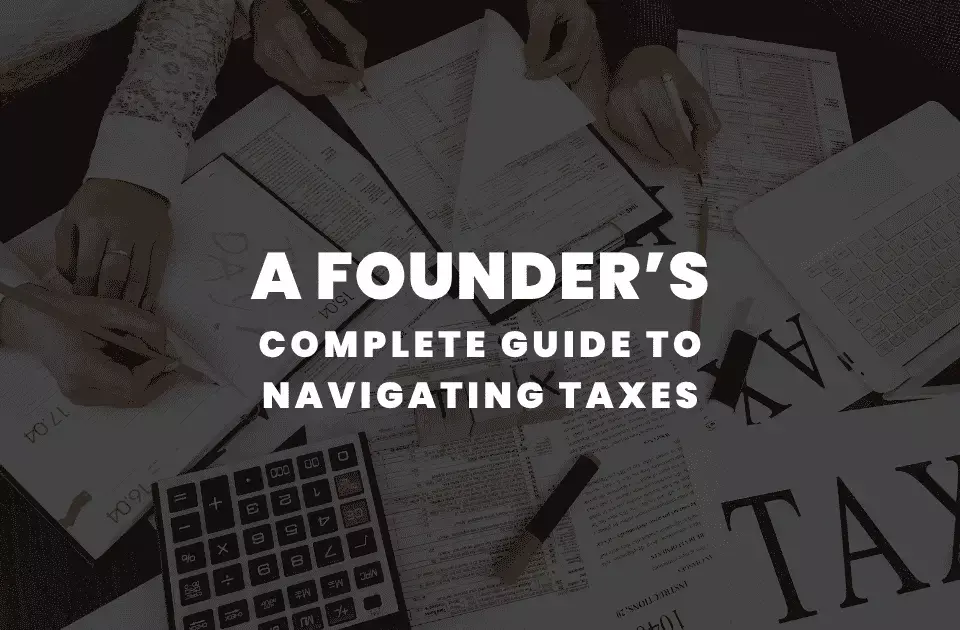Modified Cash Basis Accounting: What It Is and Who Benefits from It

How to Find the Perfect Bookkeeper: A Step-by-Step Guide
January 13, 2025
When Is Tax Season 2025? Key Dates and Deadlines to Know
January 27, 2025Modified Cash Basis Accounting: What It Is and Who Benefits from It
When it comes to accounting, businesses often face a confusing question: which accounting method should we adopt? The choice typically boils down to the cash basis or accrual basis.
However, there’s a hybrid approach that blends the best of both worlds, known as the modified cash basis of accounting. In this blog, we’ll dive into what the modified cash basis accounting is, its pros and cons, and who can benefit the most from it.
What is Modified Cash Basis Accounting?
At its core, modified cash basis accounting is a hybrid method that combines elements of both the cash basis and the accrual basis of accounting. Unlike the straightforward cash basis method, where transactions are recorded only when cash changes hands, or the accrual basis, where transactions are recorded when they are incurred, the modified cash basis allows for a more nuanced approach.
In the modified cash basis of accounting, most transactions are recorded on a cash basis. However, certain items, like long-term assets or liabilities, are recorded on an accrual basis. This blend allows businesses to take advantage of the simplicity of cash basis accounting while still being able to account for more complex financial elements that the accrual method offers.
Key Features of Modified Cash Basis Accounting
To better understand this method, let’s break down its key features:
1. Cash Basis for Revenues and Expenses
Just like in cash basis accounting, revenues are recognized when cash is received, and expenses are recorded when they are paid. This straightforward approach makes it easier to track cash flow, which is essential for many small businesses.
By recognizing transactions only when cash changes hands, businesses can get a real-time view of their financial status without the complexities of accounts receivable or payable.
2. Accrual Basis for Long-term Assets and Liabilities
Items such as accounts receivable, accounts payable, long-term debt, and fixed assets are recorded on an accrual basis. This approach provides a more comprehensive picture of a business’s financial position over time. It allows businesses to account for their obligations and resources accurately, reflecting the true financial health beyond the immediate cash flow.
3. Ease of Use
By using the modified cash basis, businesses can maintain simpler records while still gaining some insights from accrual accounting. This hybrid approach is particularly useful for those who want to avoid the complexity of full accrual accounting but need more detail than the cash basis can offer.
The method strikes a balance between simplicity and informative financial reporting, making it accessible for businesses that do not have dedicated accounting departments.
4. Tax Advantages
Depending on jurisdiction, the modified cash basis can offer certain tax advantages. It allows businesses to delay tax liabilities by recognizing income only when it’s actually received, which can be beneficial for cash flow management and tax planning.
This feature can be particularly advantageous for businesses looking to optimize their tax strategies, especially in scenarios where cash inflows and outflows are not evenly distributed throughout the fiscal year.
5. Depreciation and Amortization
Under the modified cash basis, businesses can record depreciation and amortization of long-term assets, providing a more accurate reflection of asset value over time. This aspect helps businesses account for the wear and tear of assets and allocate their costs over their useful life, offering a clearer understanding of asset utilization and long-term financial commitments.
Who Benefits from Modified Cash Basis Accounting?
1. Small Businesses
Small businesses often gravitate towards the modified cash basis due to its simplicity and ease of use. This method modernizes financial management by reducing the need for detailed accrual entries, which can be time-consuming and complex.
By focusing primarily on cash transactions, small business owners can maintain a clear and straightforward view of their cash flow, making it easier to manage day-to-day operations and financial planning.
This simplified approach can save both time and resources, allowing business owners to concentrate on growth and other core activities.
2. Businesses with Seasonal Fluctuations
Businesses that experience significant seasonal variations in income and expenses can greatly benefit from the modified cash basis. This accounting method helps them manage and track cash flow more effectively during periods of high or low activity.
By aligning the recognition of income and expenses with actual cash movements, businesses can gain a clearer picture of their financial situation throughout the year.
This approach enables better planning and resource allocation during off-peak seasons while ensuring that long-term obligations are still accounted for accurately.
3. Nonprofits
Nonprofit organizations often adopt the modified cash basis of accounting due to its straightforward nature, which simplifies financial reporting. This method allows nonprofits to track their income and expenses efficiently, ensuring they can focus on their mission rather than complex accounting practices.
Additionally, it provides the flexibility to account for significant assets and liabilities, such as grants or endowments, on an accrual basis. This combination ensures that nonprofits can present a more comprehensive financial statement, crucial for maintaining transparency and accountability to donors and stakeholders.
4. Freelancers and Independent Contractors
For freelancers and independent contractors, the modified cash basis offers an ideal balance between simplicity and detail. Their financial transactions are often not overly complex, yet there may be occasional long-term assets or liabilities that require more precise accounting.
By using this hybrid method, they can easily manage their cash flow while still being able to record these significant items when necessary. This approach reduces the administrative burden and provides a clearer understanding of their financial health, helping them make informed decisions about their business operations and future investments.
5. Businesses Transitioning Between Accounting Methods
Businesses that plan to transition from cash basis to full accrual accounting can use the modified cash basis as a valuable intermediate step. This method introduces some of the complexities of accrual accounting, such as tracking long-term assets and liabilities, without overwhelming the accounting process.
It allows businesses to gradually adapt to more sophisticated financial reporting while still enjoying the simplicity of cash basis accounting for daily transactions. This transition phase can be instrumental in preparing businesses for more comprehensive financial management as they scale and grow.
Pros and Cons of Modified Cash Basis Accounting
Pros
- Simplified Record-Keeping: Easier than accrual accounting while offering more detail than pure cash basis.
- Better Cash Flow Management: Since cash flow is tracked similarly to cash basis, businesses can easily see how much cash they have on hand.
- Flexibility: It provides flexibility in how transactions are recorded, allowing businesses to choose the most appropriate method for different types of transactions.
- Tax Planning: Can offer advantages in tax planning by deferring income recognition until cash is received.
- Partial Accrual Insights: Provides insights into long-term assets and liabilities without the full complexity of accrual accounting.
Cons
- Not GAAP Compliant: The modified cash basis of accounting is not in line with Generally Accepted Accounting Principles (GAAP), which can be a drawback for businesses needing audited financial statements.
- Limited Suitability: It’s not ideal for larger corporations or businesses with complex financial transactions that require full accrual accounting.
- Potential for Misleading Financial Picture: Since it doesn’t fully adhere to accrual principles, it may not provide a completely accurate picture of a business’s financial health.
- Complex for Some Items: While simpler overall, the dual approach of using both cash and accrual elements can introduce complexity for certain transactions.
How to Implement Modified Cash Basis Accounting
Transitioning to the modified cash basis involves several key steps. First, it’s essential to evaluate your current practices by understanding your current accounting method and identifying areas where the modified approach can add value. Next, you may need to adjust your software, as many accounting programs support hybrid approaches, making it easier to implement the modified cash basis.
Training staff is another critical step. Ensuring that your accounting staff or bookkeeper is familiar with both cash and accrual methods is crucial for correctly applying the modified cash basis. Finally, consulting with a certified public accountant (CPA) is advisable. A CPA can help tailor the modified cash basis to your business’s specific needs and ensure compliance with local tax regulations.
Final Thoughts
The modified cash basis accounting method offers a practical middle ground for businesses that want to simplify their accounting processes without losing out on important financial insights. It’s especially beneficial for small businesses, seasonal businesses, nonprofits, freelancers, and those transitioning between accounting methods.
By understanding its features and weighing the pros and cons, businesses can determine whether the modified cash basis of accounting is the right fit for their needs. If you’re a business owner looking for a balanced approach to accounting, the modified cash basis might just be the solution you’re seeking.
Shoaib Jamil
Muhammad Shoaib is a Manager of Product Development at Monily, where he leads a team of bookkeepers and financial controllers, overseeing tax returns and client management. With experience in accounting software like SAP, Oracle, and QuickBooks, he has played a vital role in implementing new ERP systems and bettering accounting processes for many different brands. Before Monily, he held key roles at Arthur Lawrence Pakistan and Samsung, where he worked on internal controls and improved financial reporting. Muhammad is a CPA and holds an M.Com from the University of the Punjab.




